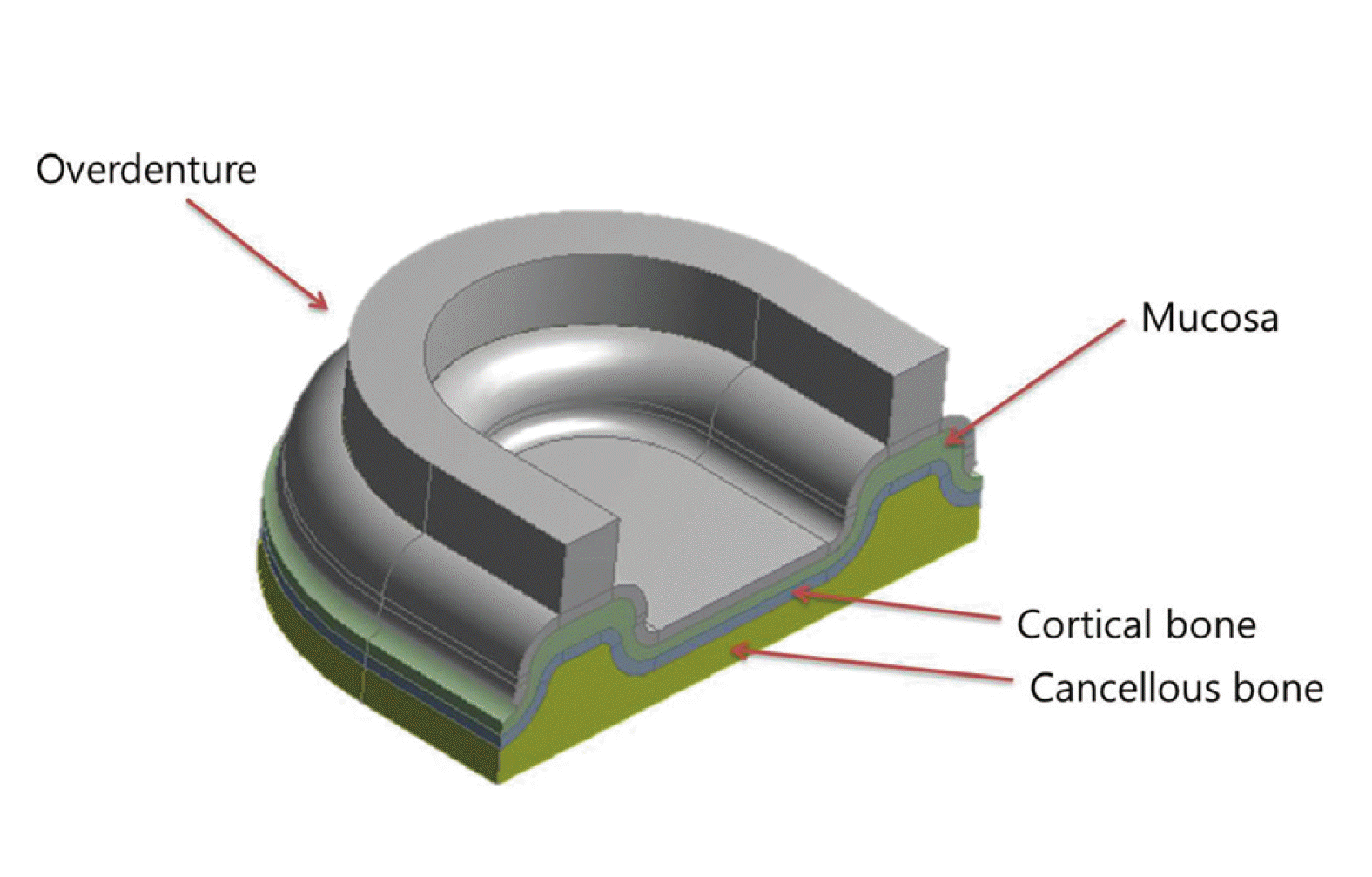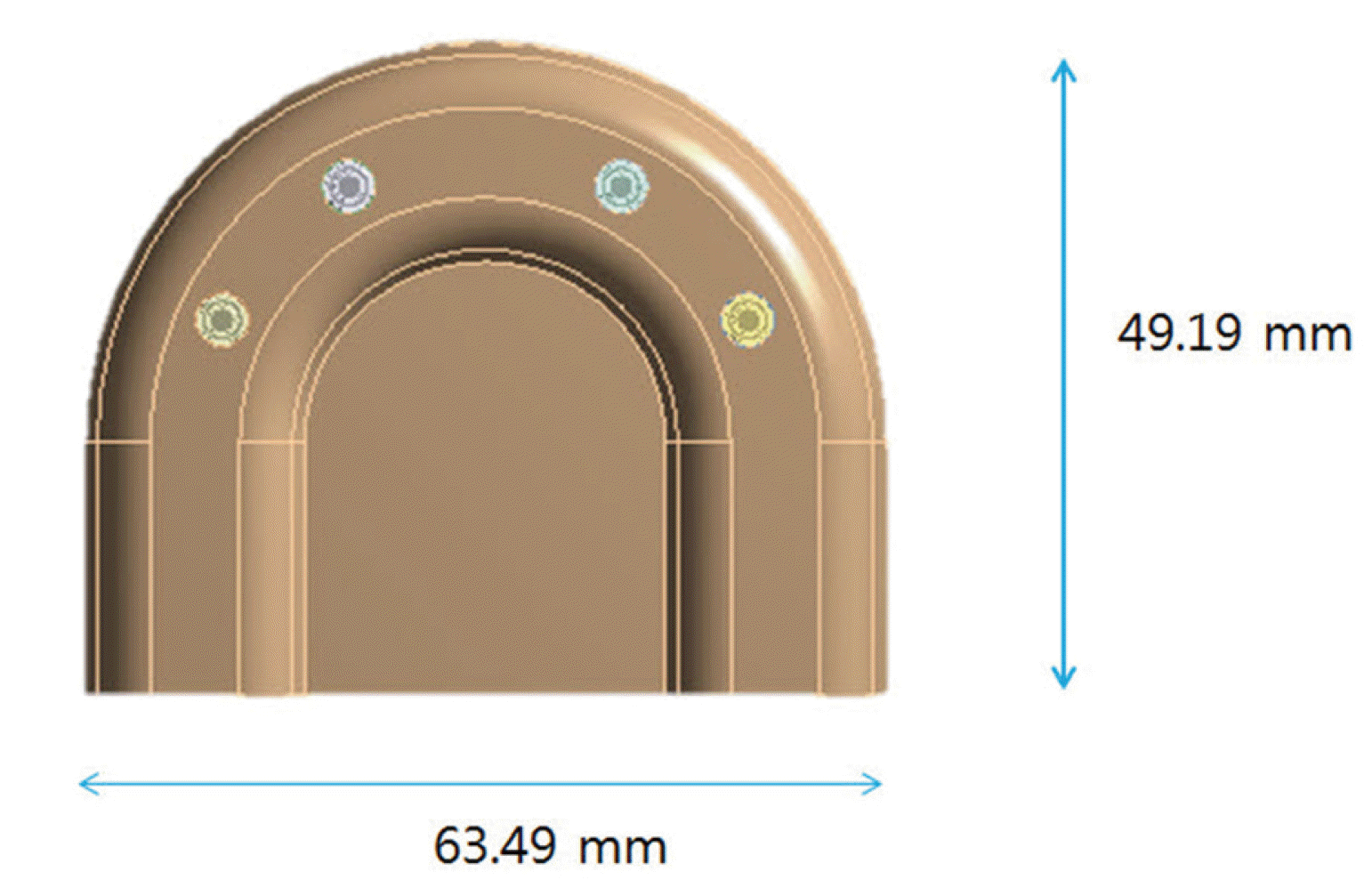1. Buser D, Martin W, Belser UC. 2004; Optimizing esthetics for implant restorations in the anterior maxilla: anatomic and surgical considerations. Int J Oral Maxillofac Implants. 19(Suppl):43–61.
3. Chen ST, Darby IB, Reynolds EC, Clement JG. 2009; Immediate implant placement postextraction without flap elevation. J Periodontol. 80:163–72. DOI:
10.1902/jop.2009.080243. PMID:
19228102.
4. Kois JC, Kan JY. 2001; Predictable peri-implant gingival aesthetics: surgical and prosthodontic rationales. Pract Proced Aesthet Dent. 13:691–8. PMID:
11862920.
5. Rosenquist B, Grenthe B. 1996; Immediate placement of implants into extraction sockets: implant survival. Int J Oral Maxillofac Implants. 11:205–9. DOI:
10.1097/00008505-199600540-00032. PMID:
8666452.
6. Grunder U, Polizzi G, Goené R, Hatano N, Henry P, Jackson WJ, Kawamura K, Köhler S, Renouard F, Rosenberg R, Triplett G, Werbitt M, Lithner B. 1999; A 3-year prospective multicenter follow-up report on the immediate and delayed-immediate placement of implants. Int J Oral Maxillofac Implants. 14:210–6.
7. Chan HL, Garaicoa-Pazmino C, Suarez F, Monje A, Benavides E, Oh TJ, Wang HL. 2014; Incidence of implant buccal plate fenestration in the esthetic zone: a cone beam computed tomography study. Int J Oral Maxillofac Implants. 29:171–7. DOI:
10.11607/jomi.3397. PMID:
24451868.
8. Kan JY, Roe P, Rungcharassaeng K, Patel RD, Waki T, Lozada JL, Zimmerman G. 2011; Classification of sagittal root position in relation to the anterior maxillary osseous housing for immediate implant placement: a cone beam computed tomography study. Int J Oral Maxillofac Implants. 26:873–6.
9. Lee KY, Lee DJ. 1993; A comparative study of teeth and dental arch of Korean and Caucasian. Oral Biol Res. 71:1–15.
10. Song WC, Yun KH, Koh KS. 2003; Facial flatness of Korean: using facial depth. Korean J Anat. 36:499–506.
11. Kook YA, Nojima K, Moon HB, McLaughlin RP, Sinclair PM. 2004; Comparison of arch forms between Korean and north American white populations. Am J Orthod Dentofacial Orthop. 126:680–6. DOI:
10.1016/j.ajodo.2003.10.038. PMID:
15592215.
12. Hwang HS, Kim WS, McNamara JA Jr. 2002; Ethnic differences in the soft tissue profile of Korean and European-American adults with normal occlusions and well-balanced faces. Angle Orthod. 72:72–80.
13. Jung YH, Cho BH, Hwang JJ. 2017; Analysis of the root position of the maxillary incisors in the alveolar bone using cone-beam computed tomography. Imaging Sci Dent. 47:181–7. DOI:
10.5624/isd.2017.47.3.181. PMID:
28989901. PMCID:
PMC5620463.
14. Petaibunlue S, Serichetaphongse P, Pimkhaokham A. 2019; Influence of the anterior arch shape and root position on root angulation in the maxillary esthetic area. Imaging Sci Dent. 49:123–30. DOI:
10.5624/isd.2019.49.2.123. PMID:
31281789. PMCID:
PMC6597369.
15. Kim JH, Lee JG, Han DH, Kim HJ. 2011; Morphometric analysis of the anterior region of the maxillary bone for immediate implant placement using micro-CT. Clin Anat. 24:462–8. DOI:
10.1002/ca.21101. PMID:
21509812.
16. Bayome M, Park JH, Kook YA. 2013; New three-dimensional cephalometric analyses among adults with a skeletal Class I pattern and normal occlusion. Korean J Orthod. 43:62–73. DOI:
10.4041/kjod.2013.43.2.62. PMID:
23671831. PMCID:
PMC3650215.
17. Braut V, Bornstein MM, Belser U, Buser D. 2011; Thickness of the anterior maxillary facial bone wall - a retrospective radiographic study using cone beam computed tomography. Int J Periodontics Restorative Dent. 31:125–31.
18. Zekry A, Wang R, Chau AC, Lang NP. 2014; Facial alveolar bone wall width - a cone-beam computed tomography study in Asians. Clin Oral Implants Res. 25:194–206. DOI:
10.1111/clr.12096. PMID:
23294441.
19. Lau SL, Chow J, Li W, Chow LK. 2011; Classification of maxillary central incisors-implications for immediate implant in the esthetic zone. J Oral Maxillofac Surg. 69:142–53. DOI:
10.1016/j.joms.2010.07.074. PMID:
21050638.
20. Chung SH, Park YS, Chung SH, Shon WJ. 2014; Determination of implant position for immediate implant placement in maxillary central incisors using palatal soft tissue landmarks. Int J Oral Maxillofac Implants. 29:627–33. DOI:
10.11607/jomi.2907. PMID:
24818201.
21. Wang HM, Shen JW, Yu MF, Chen XY, Jiang QH, He FM. 2014; Analysis of facial bone wall dimensions and sagittal root position in the maxillary esthetic zone: a retrospective study using cone beam computed tomography. Int J Oral Maxillofac Implants. 29:1123–9. DOI:
10.11607/jomi.3348. PMID:
25216138.




 PDF
PDF Citation
Citation Print
Print




 XML Download
XML Download